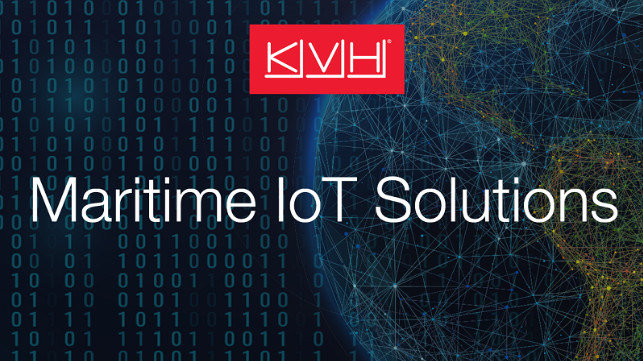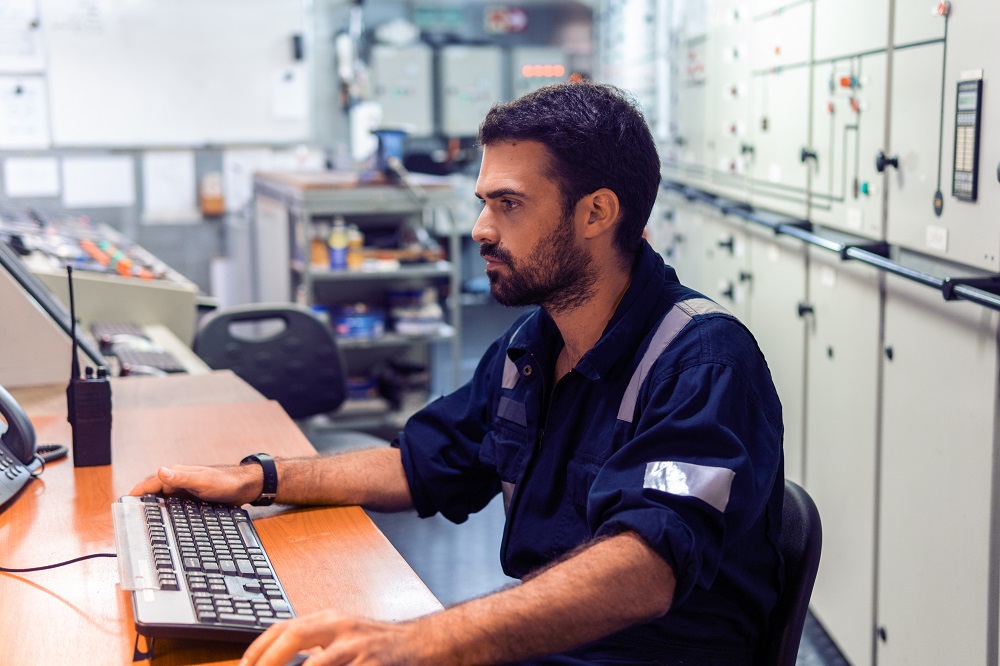Unlock the Hidden Power of Maritime IoT: Actionable Insights Onboard

With the extreme challenges brought on by the global COVID-19 pandemic, connectivity has never been more important as commercial vessels adjust to rapidly changing situations and the increased demands for operational efficiency and crew welfare.
In addition to the essential communications function that connectivity enables, there is another powerful benefit that can transform every aspect of commercial maritime operations: IoT, which allows machine-to-machine transfer of data from onboard sensors to shore, for analysis, trouble-shooting, and remote expert involvement. Connectivity unlocks the power of real-time maritime IoT data, allows for action at deep sea, which in turn enables competitive advantages.
Although IoT is familiar to many vessel operators who undertake some form of remote equipment monitoring or voyage optimization, many of the current instances of IoT take place once the vessel has reached port and is able to transfer the entire voyage’s data feeds to onshore experts.
The hidden power and real value of IoT, however, is the ability to gain actionable insights during the deep-sea portion of the ship’s voyage rather than waiting until the vessel is in port. To do so, the vessel needs reliable and fast global VSAT connectivity as well as a way to securely connect in real time with onshore experts who can provide remote interventions to solve everything from sending a software patch to troubleshooting an equipment failure.
Another exciting possibility with maritime IoT is the impact it can have on maritime service business models. Equipment manufacturers are in the service of operational reliability, and field service costs can be as high as US$5,000 per visit. When ports are closed or field service personnel is not allowed to board a vessel, IoT enables shore-side experts to conduct root cause assessments and send a software patch remotely. Similarly, ship managers are in the service of vessel availability, and downtime is a huge expense. IoT enables ship managers to better plan in advance for the right parts and service plan to minimize time in port. Shipyards also can benefit from IoT by using it to service the equipment on board, remotely, ensuring all systems are performing as expected and extending their business model into service over the lifetime of the vessel operations.
KVH has always been a leader in connectivity, and now is also a leader in IoT connectivity with an unparalleled range of options.
- KVH Watch Solutions: Designed for maritime equipment manufacturers, KVH Watch is an all-inclusive, no commitment IoT Connectivity as a Service (CaaS) solution with no CAPEX required and a low monthly subscription that delivers:
- Flow: Access to 24/7/365 machine-to-machine data delivery that uses dedicated ship-to-shore bandwidth and data delivery from a ship’s edge server to its cloud data storage and IoT applications over a VPN.
- Remote Expert Intervention: On-demand high-throughput remote support sessions permit experts to guide onboard personnel through maintenance and repair procedures using real-time video, voice, text, and markup via a pre-qualified remote expert app optimized for satellite link.
- IoT Inside: For ship managers and shipyards, KVH’s TracPhone V7-HTS and TracPhone V11-HTS systems offer vessel tracking and a unique dual channel configuration which is ideal for IoT: an unlimited data channel for ongoing IoT monitoring and data transfer, and a high-speed data channel for higher bursts of data for large file transmission, remote video chat, and tech support.
Watch the KVH Maritime IoT webinar to learn more about how maritime IoT enables disruptive service models.
This article is sponsored by KVH’s Maritime IoT Solutions.
The opinions expressed herein are the author's and not necessarily those of The Maritime Executive.


